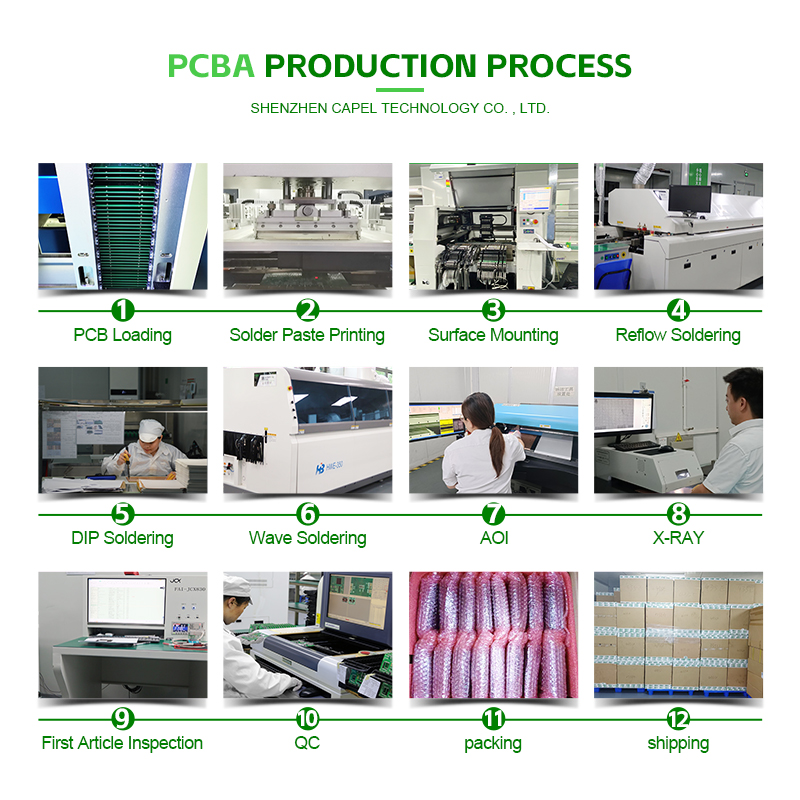When it comes to PCB prototyping, it’s critical to choose the right material that meets both project requirements and industry standards. Capel has 15 years of experience in the circuit board industry and offers a variety of materials for PCB prototyping, including multi-layer flexible PCBs, rigid-flex PCBs and rigid PCBs. With its own factory and customization options, Capel is a reliable choice for any PCB prototyping needs.
PCB prototyping is an important step in the printed circuit board manufacturing process. It allows manufacturers and engineers to test and evaluate the functionality of designs before mass production. The materials used in PCB prototyping play a key role in determining the performance, reliability, and cost of the final product.
Capel understands the importance of using high quality materials during the PCB prototyping process. With extensive experience in the circuit board industry, they have identified the most commonly used materials for a variety of applications. Let’s explore some of these materials and their properties.
1.FR-4:
FR-4 is the most widely used material in PCB manufacturing and prototyping. It is a composite material made of woven fiberglass cloth impregnated with epoxy resin adhesive. FR-4 has excellent electrical insulation properties, mechanical strength and good dimensional stability. These features make it suitable for a wide range of applications, including consumer electronics, industrial control systems and automotive electronics.
2. Flexible materials:
Flexible PCBs are becoming increasingly popular due to their ability to bend and adapt to various shapes and spaces. These boards are manufactured using flexible substrates such as polyimide (PI) or polyester (PET). Polyimide-based flexible PCBs are the most common choice due to their excellent thermal resistance, high dielectric strength and good mechanical durability. They are widely used in applications such as wearables, medical devices, and aerospace electronics.
3. Rigid-flexible materials:
Rigid-flex PCB combines the advantages of rigid and flexible PCB. They consist of multiple layers of flexible circuits interconnected with rigid parts. This structure allows the board to flex in certain areas while remaining rigid in other areas. The flexible part is usually made of polyimide, while the rigid part uses FR-4 or other rigid materials. Rigid-flex PCBs are ideal for applications that require a combination of mechanical flexibility and electrical performance, such as military equipment and portable electronics.
4. High frequency materials:
High-frequency PCB materials are designed to support signal transmission at frequencies above 1 GHz. These materials have low dielectric loss, low moisture absorption, and stable electrical properties over a wide frequency range. They are commonly used in satellite communications systems, radar equipment and high-speed digital designs. Capel can provide high frequency PCB materials tailored to the specific needs of these applications.
Capel’s expertise in PCB prototyping goes beyond selecting the right materials. They also offer customization options tailored to the unique requirements of each project. Whether you need a multi-layer flexible PCB, a rigid-flex PCB, or a rigid PCB, Capel has the capabilities and experience to deliver high-quality prototypes.
In summary, choosing the right materials for PCB prototyping is critical to the success of any project. Capel leverages its 15 years of industry experience and its own factories to offer a wide range of materials, including FR-4, flexible, rigid-flex and high-frequency materials. Their expertise and customization options make them a reliable partner for all your PCB prototyping needs.
Post time: Oct-13-2023
Back







